The content of the article
All products and substances obtained as a result of the vital activity of bees have indisputable qualities that are tested by time and science and are valuable to human health. Beeswax, with which insects seal honey collected from honey plants, has become customary for beekeepers to call zabrus or a honey signet. The name was due to the location outside the bars in the form of a layer protruding above the surface of the honeycomb. The presence of caps is a signal for pumping out honey. Inexperienced and mercenary beekeepers can start harvesting without waiting for the press, thereby receiving immature honey, with high humidity and deprive themselves of such a building material for bees and a healthy substance as zabrus.
To extract honey from honeycombs, beekeepers use a special tool to cut off the upper, protruding layer, it can be saturated with honey collection from the side of the slice, or it can be dry if the bee has closed the cell without filling it to the brim. However, not only with honey they are valuable. The trimmings contain substances that are invaluable in their uniqueness.
Mention of the benefits of the healing substance can be found in the ancient chronicles of Novgorod writers. Zabrus appeared in the lists of merchants exported for trading with the Swedes pounds. There is even a legend about a beekeeper who was completely healed of ailments by chewing wax scraps soaked with honey. It was also believed that in beekeeper families, teeth were distinguished by beauty, whiteness and health. For hygienic purposes, Siberians chewed bast and tar, and bee owners - chewed.
The composition and the uniqueness of the product?
The quantity and composition may vary depending on the place of collection and diversity of honey plants.
- Wax - a building material, an adsorbent, a fighter against pathogenic bacteria.
- Perga - “bee bread” or pollen pollen, designed and prepared by bees for personal use. Curious people have studied the composition and take it away for their needs.
- Propolis is a bee glue, famous for its widespread use in folk and traditional medicine.
- Bee saliva is a composition rich in useful constituents, by which the insect flakes pollen brought on paws from plants.
- Flower pollen is the male organ of plant propagation. It is valuable in the presence of all amino acids necessary for the human body and 27 trace elements.
- Essential oils - responsible for the aroma of honey and saturate honey from honey plants. For a short period of time, they can be seen with the naked eye in the form of a thin film on the surface of honey. Particularly visible oils when pumping.
- Enzymes: diastase, peroxidase, oxidase, invertase, catalase.
- Lysozyme - is in the largest concentration in the zabrus. It provokes the release of saliva and has a beneficial effect on motility and secretory function of the stomach. Strengthens the immune system. The absence of any enzyme may indicate a violation of the quality of honey caused by either pathology or negligent actions of the beekeeper. For example, yielding honey to thermal effects in order to destroy crystallization, it is possible to easily and irrevocably destroy the enzyme - diastase and replace the beneficial properties of the product with toxic ones.
- Vitamin E (tocopherol) - is responsible for the beauty and youth of the female body.
- Carotene, retinol (vitamin A) - at a good concentration, fruitfully affects the condition of the skin.
- Ascorbic acid (vitamin C) is an excellent antioxidant, but also do not forget that it is a strong allergen.
- Vitamins of group B (B1, B2, B6) - improve the functioning of the nervous system, metabolism and have a beneficial effect on growth and development.
- Folic acid - is prescribed in traditional medicine for anemia.
- Pantothenic acid is indispensable for skin diseases and disorders of a neuromuscular nature.
As well as:
- Carbohydrates.
- Fats.
- Squirrels.
- Organic acids.
- Resins
- Chitin is an excellent remedy for male ailments.
Trace elements and macroelements (potassium, responsible for the proper functioning of the heart, iron, calcium, manganese, phosphorus).
What is its use? The healing properties of the honey seal
Besides the fact that it’s very interesting and tasty to chew honey in honeycombs, it’s also useful:
- This is a storehouse of useful vitamins, micro, macrocells.
- Antibacterial and anti-inflammatory agent. A good antiviral and a fighter with colds.
- An immunomodulator that creates body barriers that prevents bacteria from entering the body, this product also speeds up the healing process.
- It treats diseases of the cardiovascular system due to the presence of potassium in the first place, as well as the unique components in the composition.
- Dentist's favorite product. Zabrus strengthens the gums, eliminates bleeding, cleanses the oral cavity of bacteria and gives strength to the teeth, prevents their loss.
- Used in therapy for diseases of the respiratory tract (nose, larynx, nasopharynx). Effectively copes with shortness of breath and pain symptoms. Heals pharyngitis, adenoid growths, tonsillitis, sinusitis.
- It is used for diseases of the gastrointestinal tract. Improves peristalsis, motility. Contributes to improved food processing. Indispensable for dysbiosis and slagging.
- Establishes metabolic processes in the body.
- It is indicated for problems with the spine, arthritis, osteochondrosis.
- Chewing zabrus, it is easier to quit smoking. Helps purify the bronchi and lungs, smoothes cravings for smoking.
- With alcohol intoxication, vomiting, nausea, weakness and headache, healers advise you to chew this miracle remedy.
- It is treated with asthma, bronchial asthma, medication, food allergies, atopic dermatitis.
- Removes toxins. Valuable antioxidant.
- Gives vigor and strength. It has tonic properties.
- It has regenerative properties.
- With reactive behind the ear, submandibular, cervical, lymphatic lymphadenitis.
- Recommended for chronic fatigue syndrome, depression, neurosis.
- It treats trophic ulcers, dermatitis, burns, varicose veins.
Important! It is used with caution in case of allergies, and it is recommended for allergy sufferers to chew the cut off from May honey.
Contraindications and urgent recommendations
Despite the apparent harmlessness of the product, it is worth starting it after consultation with a doctor. The rich composition of the caps can cause harm to the body. To whom this product is contraindicated in the first place:
- Pregnant and lactating women.
- Cancer patients with a serious form, so as not to give impetus to cell growth.
- Small children under the age of 4-5 years.
- With increased acidity and gastritis.
- In the presence of serious allergic reactions.
- To people with individual intolerance of components.
How to take zabrus in various diseases
- With pancreatitis: 2 times a day before meals, 1 teaspoon, relieves inflammation of the gastric mucosa and 12 duodenal ulcers. Consume daily.
- To support immunity and treat colds: chew on a spoon, four times a day for 10 minutes. If there is a cough, chew the wax beads every hour. A long-standing cough will recede if you drink warm tea with the dissolved dissolved in it. With angina, chew the medicine every half hour for half a spoon, for 15 minutes.
- For diseases of the oral cavity: to remove gum bleeding, stomatitis, periodontal disease will help balls of wax. 1 tbsp. spoon before meals in the morning and evening (10-15 min.).
- With radiculitis: pain in the joints is eliminated by applying applications to inflamed joints. You can use ointment from the network of pharmacies, which include zabrus. The effect is antispasmodic and anti-inflammatory.
- For pain in the stomach: eliminate unpleasant symptoms, relieve inflammation and pain, you can take half a teaspoon before meals before eating. The problem of a chronic nature is solved by daily intake.
- Dietetics and zabrus: able to quickly saturate, suppresses hunger, has a pleasant taste and aroma. It is a full substitute for desserts. Recommended daily use. It will give strength and energy, improve the digestion process. Remove toxins, bile.
For allergies of varying severity:
- light - two weeks before flowering;
- average - for 2 days every 8 hours;
- strong - two weeks before, and after the pollen attack period;
- with bronchial asthma - as prevention before the onset of a critical period.
Video: zabrus - a healing product of beekeeping

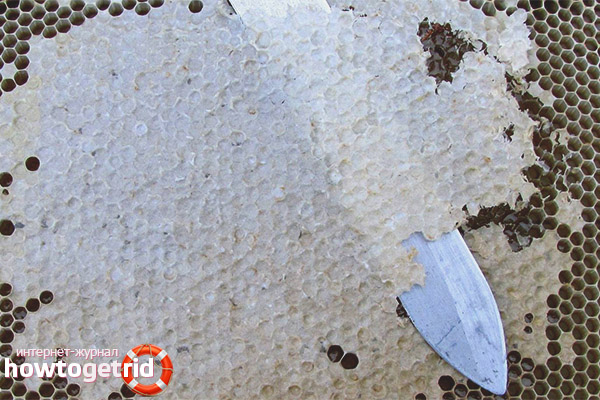
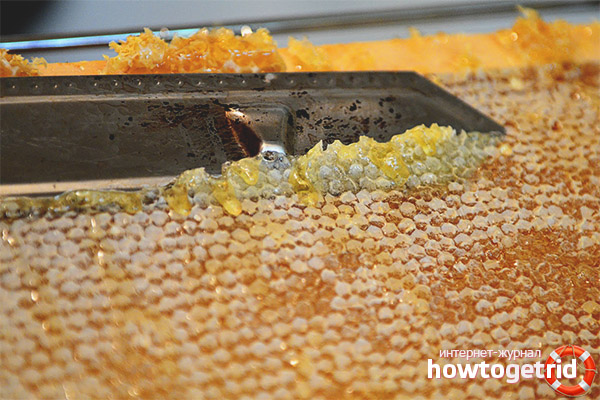
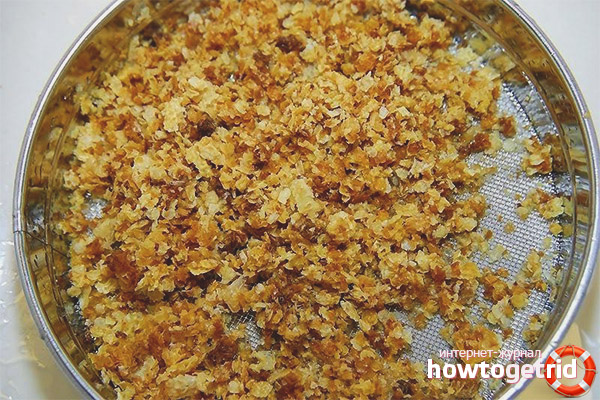
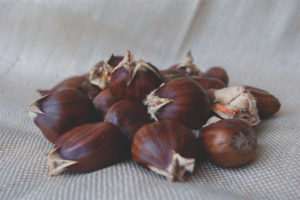
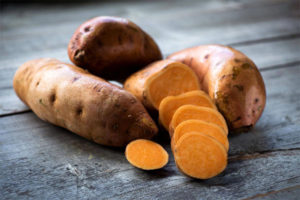
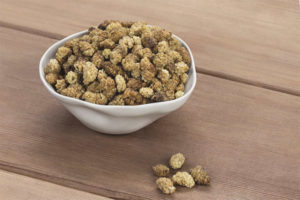


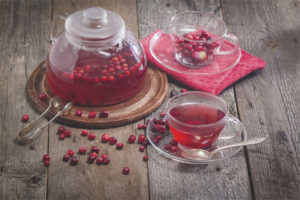
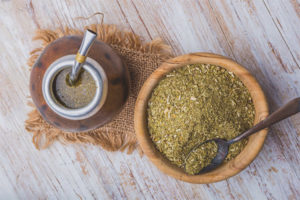
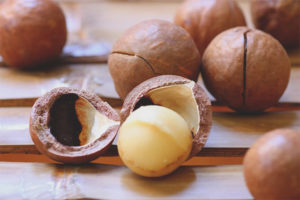
Submit